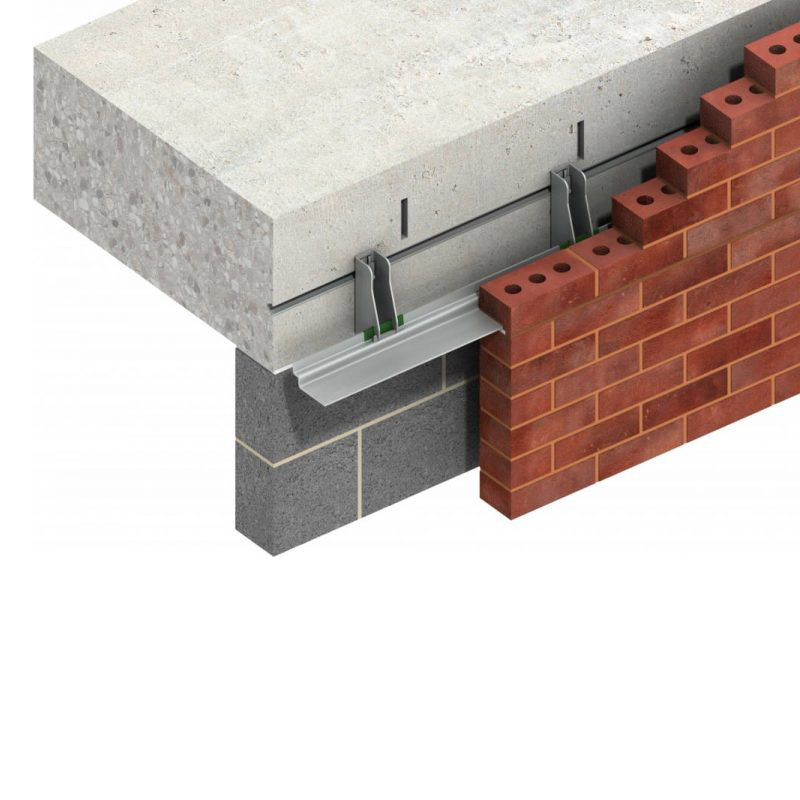
- Mobile Phone
- +8613931874955
- sales@cntcmetal.com
Exploring the Connection Between Brick Structures and Concrete Walls in Construction
The Importance of Brick Ties in Concrete Walls
In the construction industry, the integration of different building materials is crucial to ensuring structural integrity and long-lasting performance. One such combination is the pairing of brick masonry with concrete walls. Brick ties play a pivotal role in this synergy, providing necessary support and stability for brick veneers attached to concrete structures. Understanding the importance of brick ties in concrete walls can enhance both construction practices and building performance.
The Importance of Brick Ties in Concrete Walls
One of the key benefits of using brick ties is the allowance for movement. Buildings naturally expand and contract due to temperature changes and moisture variations. Brick ties provide the necessary flexibility to accommodate these movements, ensuring that the brick facade remains intact. Metal is commonly chosen for brick ties due to its strength and durability. Stainless steel is often preferred for its corrosion resistance, especially in areas exposed to moisture or harsh weather conditions.
brick ties to concrete walls

In terms of installation, brick ties are typically positioned vertically at certain intervals along the wall. Depending on local building codes and the specific design of the wall, ties may be placed every 16 to 24 inches vertically and every 24 inches horizontally. Consistent spacing is vital to maintain the wall's structural integrity; uneven placement could lead to weak points that may result in structural failure.
Proper installation of brick ties is equally essential. They should be embedded securely into the concrete wall and properly aligned to ensure that they can effectively anchor the brick veneer. Additionally, manufacturers often provide guidelines on the type of brick ties to use based on the wall’s height, exposure to elements, and other specific factors. Adhering to these guidelines not only ensures compliance with building codes but also maximizes the longevity of the structure.
Moreover, brick ties contribute to the thermal performance of buildings. By providing a stable attachment between the brick and the concrete, they can help reduce air leakage and enhance insulation. This is particularly beneficial in climates with extreme temperatures, where maintaining an energy-efficient structure is paramount.
In conclusion, brick ties are an integral component of the construction process when combining brick masonry with concrete walls. They enhance structural stability, accommodate natural movements, and contribute to overall building performance. Understanding and implementing best practices for brick tie installation is essential for builders and architects alike. By ensuring that these components are utilized effectively, construction professionals can create safer, more durable, and aesthetically pleasing structures that stand the test of time.
share:
-
Your Source for Concrete Wall Ties and Masonry AccessoriesNewsJul.10,2025
-
Unlocking the Power of Iron Wire for Every ProjectNewsJul.10,2025
-
Explore Advanced Chain Wire and Stainless Steel Mesh FencingNewsJul.10,2025
-
Discover the Benefits of Annealed Wire ProductsNewsJul.10,2025
-
Discover China Stainless Steel Wire Mesh SolutionsNewsJul.10,2025
-
Build with Confidence Using High-Performance Masonry AccessoriesNewsJul.10,2025
-
Why Sacrificial Formwork Is Redefining Underground ConstructionNewsJun.06,2025



















